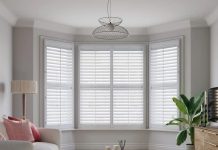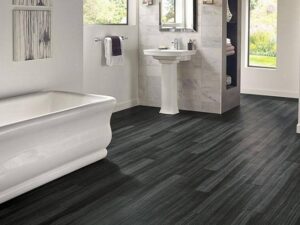
The floors are an essential part of the look and feel of our home. Nowadays, there are many flooring options to choose from, which makes it even harder to make the right pick. Some select a flooring option depending on the type of the room because spaces like the kitchen and bathroom might need a waterproof solution that’s able to withstand wet environments. Others may choose based on the look of the floor because they want it to match the rest of the room design.
The one type of flooring with which there’s no need for you to compromise on durability for looks or the other way around is vinyl flooring. Vinyl is a popular flooring option for hospitals, homes, schools, and offices. It’s a versatile floor that’s getting better and better with new ways of production. Compared to other flooring options, it’s affordable, easy to install, water-resistant, and low-maintenance. Stores usually offer several types of luxury vinyl flooring that you can choose from, each with distinctive characteristics that make it stand out.
What Is Luxury Vinyl Tile Flooring?
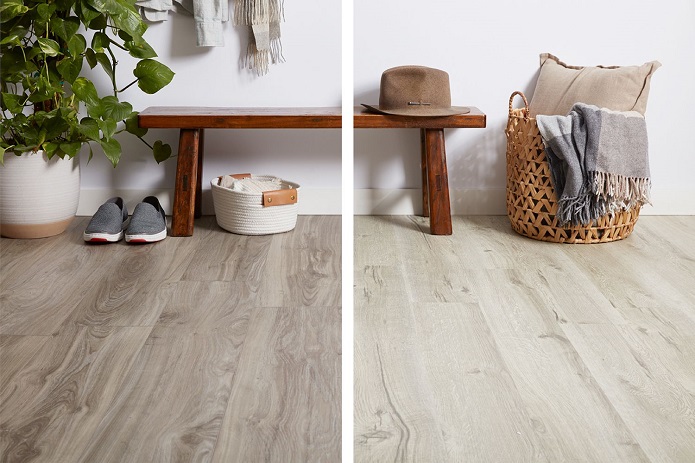
All vinyl floors are made of polyvinyl chloride which is a synthetic plastic material. Vinyl tiles are square pieces, hence the name tiles, and they come in various sizes. Their stiffness can vary but they’re more rigid than the vinyl roll because they’re installed differently. Since they’re separate pieces, they’re glued to the floor piece by piece and this makes them easier to replace in case of damage.
Tiles can imitate the look of other floor materials, and this is the reason why they’re called luxury vinyl. So, if you want to get the natural look of stone or ceramic in your home but without the hassle of actually installing them, go for eye-catching luxury vinyl tile flooring that will give you everything you look for in a floor.
Is Vinyl Tile Better Than Ceramic Tile?
As mentioned, manufacturers are making vinyl flooring more and more indistinguishable from other flooring options. Many that want the look of ceramic tiles are opting for vinyl because it offers various advantages.
- Ease of Installation – Installing and removing vinyl tiles is a breeze compared to ceramic tiles that require professionals and a lot of time. Ceramic tiles will last forever but you won’t be able to easily replace them in case you want to redecorate.
- More Durable – Yes, ceramic tiles are tough but their lack of flexibility makes them prone to cracking. A luxury vinyl tile has cushioning underneath and a strong top layer that makes it more resistant to damage.
- Lower Cost – Not everyone can afford to have ceramic tiles in their homes but vinyl flooring is affordable and less expensive than natural materials.
How to Install Vinyl Tile Flooring
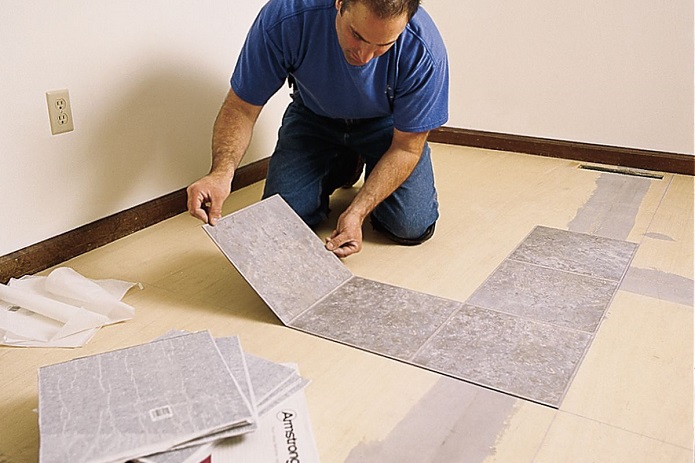
There are various methods for installing vinyl tiles. But for all of them, it’s preferred that the base flooring is clean, with no bigger damage because there’ll be dents in the tiles if there are dents in the floor. Depending on the method used to install them, luxury vinyl tiles can be:
- Glued-Down Tiles – They require adhesive to be glued down to the floor;
- Self-Adhesive Vinyl Tiles – They have adhesive on their back that keeps them glued to the underlayment;
- Floating Tiles – Don’t require adhesive because they’re interlocking;
- Loose-Lay Tiles – Have a high-friction material on their back that keeps them in place without any glue.
What Is Vinyl Plank Flooring?
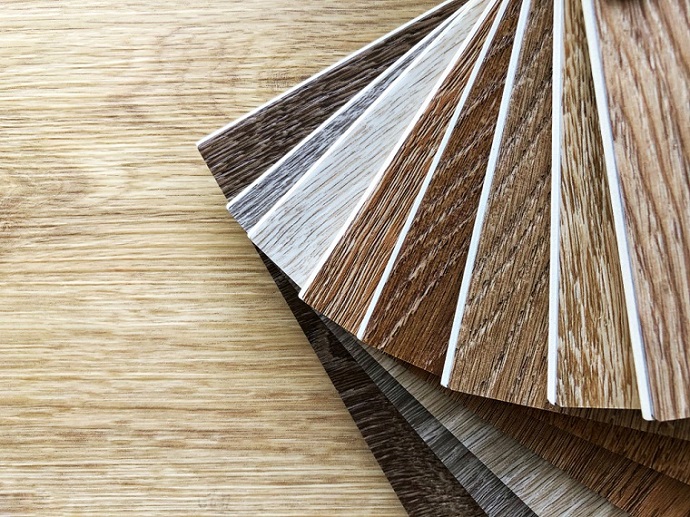
Vinyl planks are close in look to vinyl tiles because they have the same stiffness. It’s just that they’re not cut into squares but planks. This makes them look more similar to the other types of natural flooring that are made into planks. Just like the luxury vinyl tile flooring, planks can mimic the look of other materials. Choose any natural wood that you like or go for another style that complements the design of your home.
When it comes to installation, it’s the same as installing vinyl tiles. You can choose between the different methods according to your needs.
What Is Vinyl Sheet Flooring?
Vinyl roll or sheet is flexible flooring that looks different and a bit more artificial than the other types. The reason for this is that it doesn’t have the seams of the luxury vinyl tiles or planks because it’s one large sheet of flooring. This might make it more resistant to water because there aren’t any cracks through which water can pass but when installed properly, no vinyl flooring is porous. Also, some additional pieces of roll might be required in irregularly shaped rooms because the sheet won’t be able to cover it all at once.
You can have the sheet customised to the room and it can also imitate other materials, or for that matter, it can have any pattern that you fancy. Manufacturers want to please their customers so they make printed sheets with designs of your choice. If you’re after that smooth finish flooring, vinyl rolls are the best option.
How to Lay Vinyl Sheet Flooring
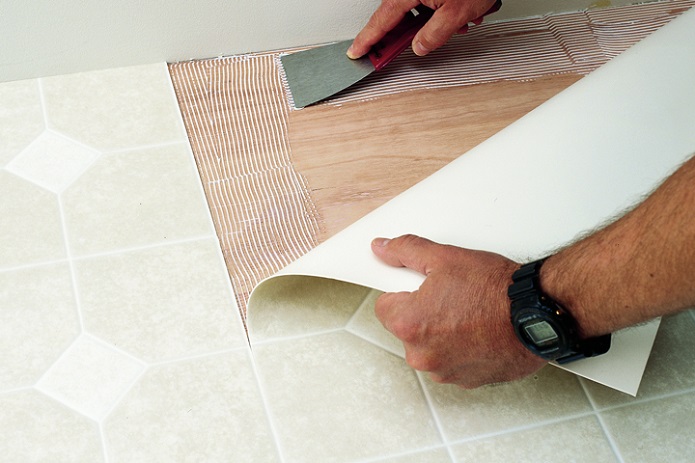
Rolls can be installed over any type of flooring. They’re a quick fix for old floors but the base needs to be repaired if there are any bigger cracks. The base should also be dry and clean so the rolls can look the best they can. If the old floor isn’t in a condition to be repaired properly, underlayment can be used. The reason why this is so important is that the sheet can acquire the form of the base, which means that any irregularities will become visible.
Overall, it’s easy to install vinyl sheets and you can even do it yourself. There are two options: to use adhesive or loose-lay sheets. The first option is a more permanent one because you’ll be gluing the floor down. Loose-lay sheets don’t require any glue because they have fibreglass backing that keeps the roll flat on the ground. This is something like a carpet because it can be relocated. It’s a great solution for floors that you don’t want to use glue on.






